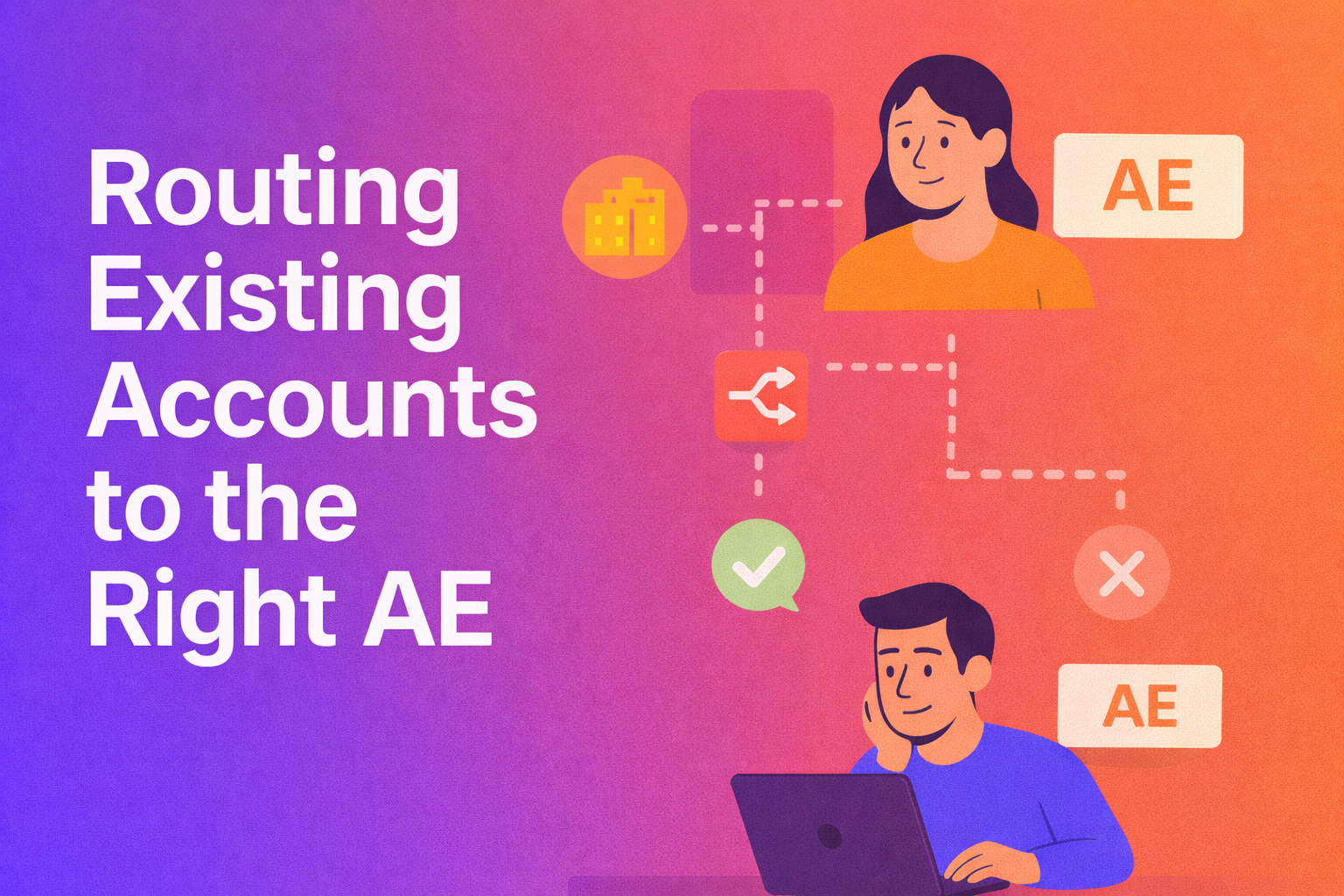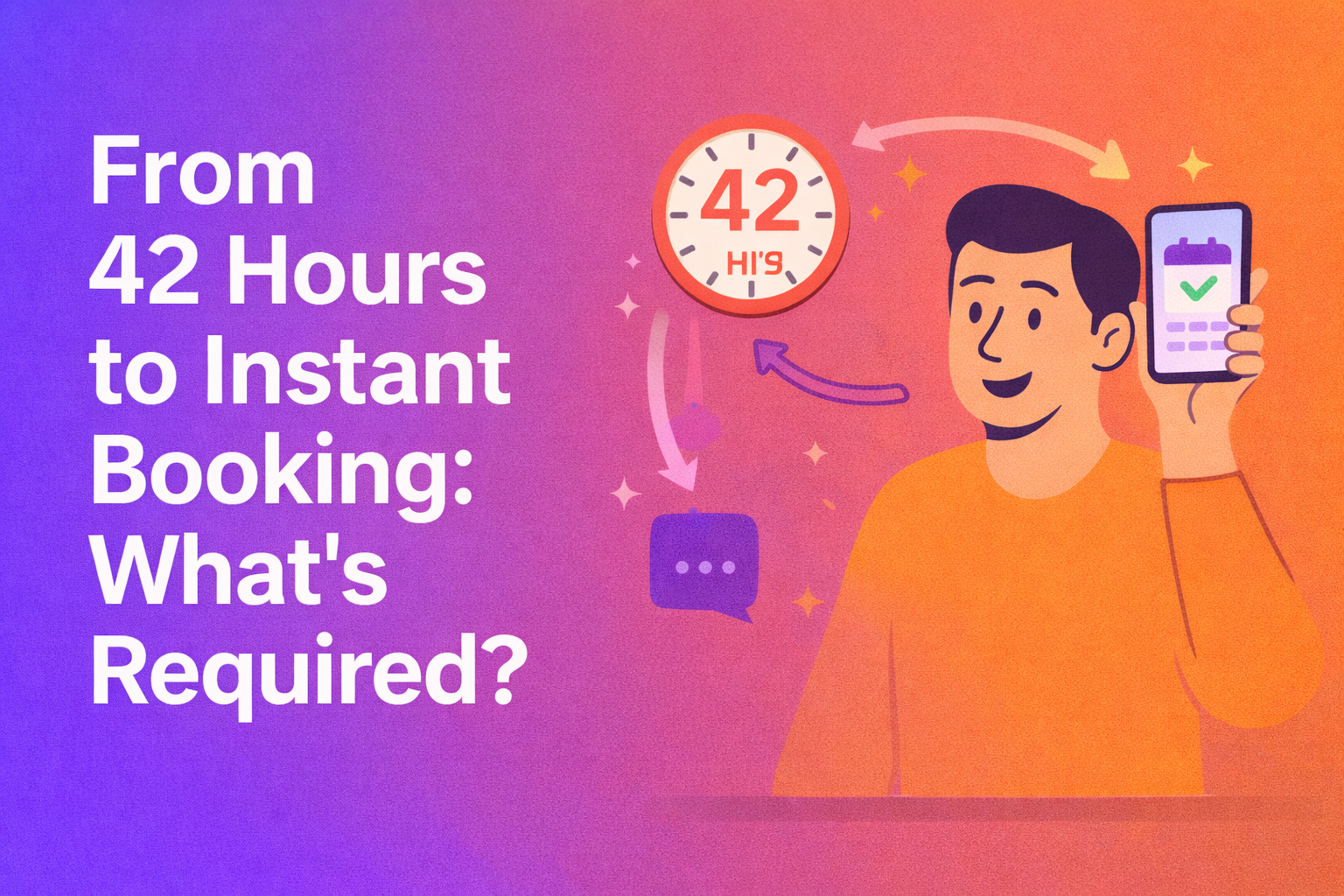A great SaaS product doesn’t automatically ensure a great sales pipeline. Sure, there will be word-of-mouth about the problem your software solves. But to enable potential customers to actively showcase their buyer intent, you need a GTM engine that’s dedicated to the cause.
What you essentially cover for with an intent-led GTM plan is shorten sales cycles, establish trust, clarity on the ICP’s pain points, strike a chord with the right use cases, and so on.
In this piece, we’ll explore ways to get people to show more buyer intent on their SaaS buying journey.
Table stakes: Align your marketing and sales for a consistent GTM strategy that factors in SaaS buyer intent
Getting your sales and marketing teams on the same page is the beginning of a GTM motion that resonates with SaaS buyers.
Without both working in tandem, you’d never know if the teams are being consistent with their inbound and outbound messaging. Let’s discuss how to ensure your sales and marketing teams.
Develop unified messaging and positioning that caters to your SaaS buyer intent
Imagine if your marketing yells, "Increase your speed-to-lead!" while your sales team goes, "Fix your inbound workflows." Not cool, right?
This is why your teams need to work together to develop unified messaging and value props that flow seamlessly from your website to internal persona documents to competitor battlecards to pitch decks to sales calls.
Consistency builds trust with an uninterrupted buyer journey no matter what stage your prospects are at.
Create compelling content collaboratively
Content is your GTM wingman.
While marketing has real-time conversations with ICPs on socials and online communities, sales has the frontline exposure of talking to customers and understanding their pains and aspirations.
Do a weekly on what drives them to find a solution to their problems, and speak that language across channels. Marketing will also have hands-on data about the messaging, content, and the channels that are working. Let your sales in on it so that they can meet the prospects with complete awareness of their buyer journey.
Decide on lead qualification scenarios for inbound prospects
Lead qualification is like the cupid that matches your sales team with hot leads. If defining what makes a high-intent prospects is muddled, chances are that you have a sales team that disagrees with the quality of leads that marketing brings.

Decide on what actions constitute a qualified, high-intent buyer and give them a fast lane to your pipeline.
5 Proven ways to get your prospects to signal SaaS buyer intent
Now that we have the GTM housekeeping covered, here are 5 ways you can tailor your GTM efforts to nudge your SaaS prospects to signal more buyer intent
1. Use outcome and problem-driven content on all your marketing assets
Content written for SEO and buzzwords would just be fluff that cons search engines. But that won’t convince your prospects. You can't manufacture buyer intent tactics; you need an elaborate strategy to map personas, their pains, and outcomes together and weave a great story.
Whether it’s your website, ads, landing pages, blogs, or even socials, keep your content grounded to the realities of your target audience. Make it easy for your prospects to make buying decisions with your empathy towards their problems and organization-wide goals.

In the above feature page from RevenueHero, we have:
- picked out a major ICP problem (generating pipeline)
- illustrated how we it happens at the backend
- associated the outcome (engaging best leads) with a timeline (in seconds)
Here’s Ryan James, contextualizing what we’ve done with RevenueHero’s homepage.
Not just this feature page, our blog pieces carry a similar problem-driven approach as we retrofit SEO practices only after we decide on writing about our prospects’ problems.
For instance, we have written a series of blogs about B2B marketing and buyer journeys (of which even the current one is a part of):
- Thinking about B2B marketing attribution when 5 different touchpoints drove a conversion
- Optimizing B2B buying journey for buyer experience and pipeline
- Gated Content vs Ungated Content: Pick your GTM side carefully
- SaaS buying: Triggers influencing how people buy software
- Demand gen Vs Lead gen: What drives your GTM motion?
2. Optimize your website for inbound conversions
You can do all you want on social media. Pump money into ads. Set up a booth that’s an absolute rage on SaaStr conferences. Do a competitor callout campaign.
At the end of the day, your SaaS buyer intent is down to your website. The experience you provide to your leads when they decide to trial your product or book a demo matters the most.
A few things you do to enhance your prospects’ buying experience, apart from setting up the right messaging across pages:
a) Onboarding for PLG
Create a seamless onboarding experience when they opt for a free trial. Set up the right prompts and walkthrough videos from tools like Loom and Storylane. You can also do this right before they submit a sign-up form to ensure they get a glimpse of your software.
b) Qualifying leads instantly
If your product includes a demo workflow, automate your lead qualification without forcing them to wait until your reps do it manually. Which usually takes 24-48 hours of waiting time your high-intent leads don’t deserve.

At RevenueHero, we use form enrichment with Clearbit and our software’s lead routing conditions to qualify leads based on their company size, designation, region, etc., – and also assign them to the best-fit sales rep, AE, or customer success specialist automatically.
The result? Reduced sales cycles. Better buyer experience. And more importantly, sales reps get to focus on prospecting and closing deals instead of doing the grunt work of manually analyzing every lead that flows in.

manually qualifying prospects.
c) Scheduling meetings right after-form submit
Surprise! Your high-intent prospects aren’t here to hang around until your reps qualify their buying power, decide on the right person to handle the meeting, and get back to the lead to fix a time over a lot of emails.
Like lead qualification, scheduling meetings need to happen in seconds, not days. Which is where an instant meeting scheduler can provide a memorable buying experience and reduce sales cycles.
The back-and-forth between the prospect, SDR, and AE to set up time is simply not going to help your sales productivity nor your prospect’s time, who’s explicitly declaring their buyer intent when they request a demo.
.gif)
d) Add meeting scheduling workflow to your chat widget
Your live chat widget ideally holds a lot of context about visitor engagement and buyer intent. Instead of waiting async for a question about your software’s functionalities, your leads might decide to set up a call.

And when they do that, you have the live chat pop-up ready to nudge them to schedule a meeting with your AEs. Even for reluctant prospects who are scouting around important feature pages, you can set up proactive messaging that guides them towards a meeting.
3. Leverage user generated content and shoutouts (not just testimonials and reviews)
Sure, testimonials are the social proof that can amplify buyer intent on your website, paid marketing efforts, and pitch decks. But there’s a lot more you can do as a brand over online communities.

More than recording testimonials and case studies to share on socials, getting your champions to share their experience with your product will go a long way.
And remember, it doesn’t always have to be a product plug-in. Make it fun when the opportunity presents itself.
4. Find a memorable way to showcase your product in sales outreach – organically!
Inbound or outbound, your sales reps have very less time to capture the attention of prospects. Within that span, they need to craft a message that resonates with their pain points and also gives a sneak peek into your software.
You might think, well, RevenueHero is a tool that functions across the sales funnel, so it’s easy for them to do that. But here’s what Spendflo did using RevenueHero:

You can also leverage 1-click magic links to reach out to a particular customer or a group of target accounts you use in ABM campaigns – all this without even asking your known prospects to fill up a form.
And if you want to add some sales-assistance to your PLG motion, you can implement a proactive in-app nudge using the RevenueHero meeting widget.

This is particularly a game changer for indulging highly-engaged trial and freemium users who are at the brink of needing more value out of your product.
Pro tip: If existing customers want to book a meeting through your app, you can distribute the meetings between customer success managers, instead of your usual SDR-AE routing.
5. Capture the imagination of your prospects with product-led creatives
If this article is any indication, we go all out on creating GIFs that provide a quick rundown of the RevenueHero feature we’re discussing.
This extends to our paid ad creatives, where there’s a lot at stake and we’re fighting for top-of-mind recall. Whether it’s a meme, video, process flowchart, or feature callout – double down on clearcut value communication just from the creative.
Finally, think of every channel or touchpoint as guiding lights to build SaaS buyer intent
Buyer intent can build over months. And sometimes, in minutes, if your prospects find the right trigger. But make it a point not to get blindsided over first-touch and last-touch conversions to ignore everything that happens in between.
Your social media game generates eyeballs that turn into steady engagement. That podcast episode with a sales stalwart creates top-of-mind recall. Your newsletter sponsorship with a cream of GTM publication builds trust.
So it’s not just your SDRs or that ABM campaign on LinkedIn that brought in the conversation. It’s the sum of everything you do consistently along the build up towards SaaS buyer intent.
When the evaluation phase turns into a buying trigger, be ready with the right systems in place to make buying simple with a frictionless journey.
Let RevenueHero help your team turn high-intent users into booked meeting without slowing down your funnel.












